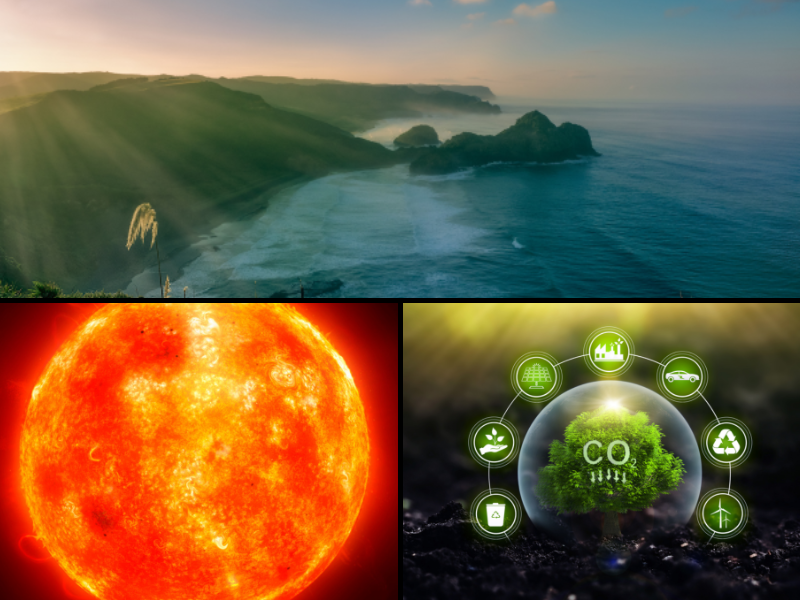Wisconsin state environmental officials say they have no plans to impose new restrictions on the mining of sand for use in hydraulic fracturing of oil and natural gas. The state Department of Natural Resources (DNR) on January 25 confirmed the results of its September 2011 study finding little support for claims of environmental damage done by sand mining.
Unique Sand Resources
Fracking requires a special type of sand that is spherical in shape and has a high quartz content to withstand the extreme pressures required in the fracking process. The best frack sand comes from Wisconsin and Minnesota.
Because of the boom in fracking, demand for frack sand is booming, creating well-paying jobs in western Wisconsin sand mines despite the nation’s ongoing economic troubles.
Kennan Wood, executive director of the Wisconsin Mining Association, says there are about 60 frack sand mines currently operating in Wisconsin and 40 more in the process of gaining permits.
“Sand mining is having a big impact on the state, especially in the rural areas. These mines encompass [anywhere from] three- to four-man small operations to big industrial mines that extract a million or more tons annually,” Kennan told Environment & Climate News.
“Wisconsin needs jobs for today and for the future,” said Michael Ford, research director for the Wisconsin Policy Research Institute. “An environmentally sound mining policy that brings economic benefits for northern Wisconsin and is a boon for the manufacturing industry in southeastern Wisconsin is a no-brainer.”
Unsupported Environmental Claims
Activists opposing mining of natural gas, however, have been seeking new restrictions on sand mining, claiming it poses health and environmental risks.
The DNR has reaffirmed the lack of evidence supporting the assertions of anti-natural gas groups.
“The current nonmetallic mining regulations implemented at the county level, as well as the various environmental regulations implemented by the department are adequate to ensure that permits for individual sand mining operations and processing facilities are protective of public health and the environment,” the DNR stated in its January 2012 report, Silica Sand Mining in Wisconsin.
Impressive Environmental Record
Scott Manley, director of environment and energy policy for Wisconsin Manufacturers and Commerce, says there is no reason for the newly asserted claims against sand mining because sand has been safely mined in the region for decades for other industrial uses. The only thing that seems to have changed, Manley says, is a recent shift in utilizing the sand for hydraulic fracturing.
“It was once used by foundries in their molds, but now we’re seeing a huge boom in the need for frack sand. We’ve seen pretty significant expansion in sand mines, as well as efforts by environmentalists to block expansion,” Manley said.
Mike Caron, director of land use affairs for the Tiller Corp., which operates a mine in northwestern Wisconsin on behalf of Minnesota-based International Energy Partners, says existing regulations sufficiently safeguard the environment. He reports mining companies have been implementing voluntary environmental programs as well.
“The towns that are home to the sand mines have strict requirements, just like they do for limestone mines. I believe that we’ve adequately addressed the majority of the environmentalists’ concerns so the only thing left is they don’t want the mines in their backyard,” Caron said.
Ulterior Motives Seen
Environmental activist groups, said Caron, don’t like using the sand for oil and natural gas fracking, “but the reality is that we all use petroleum. Where the petroleum is, they don’t have the sand, and they have to have it.”
“We’re seeing outside environmental interests lining up and organizing locals against the frack sand industry. These environmentalists are alarmed by fracking because it offers an entry point to affordable, abundant fossil fuels, so they’re using this as another front to attack the fracking industry by depriving it of the sand it needs,” Manley explained.
Last year approximately a dozen Wisconsin residents presented a petition to the DNR requesting it establish ambient air quality standards for silica from sand mining. They also requested DNR regulate silica as a toxic air pollutant. The petition was very sophisticated, clearly having requiredS environmental experts and lawyers to draft, said Manley.
“I realized then that frack sand mines were up against very strong opposition. The DNR denied the petition last month, but I just learned today [Feb. 27] that the group is now asking the federal Environmental Protection Agency (EPA) to establish a national ambient air quality standard for silica,” Manley reported.
Activists’ Opposition Intensifies
Anti-natural gas groups are continuing their campaign at the state level, too.
“There is land use legislation currently in the Wisconsin legislature [to impose new restrictions]. There is also a rare butterfly on the Endangered Species List that the environmentalists are using to try and shut down frack sand mining operations. In addition, there have been a series of moratoriums enacted by several local governments to prohibit frack sand mining,” said Manley.
“As a result, I think the industry itself is beginning to organize because it has recognized that it is running up against well-organized and well-funded environmental groups. The industry sees the need to put an economic and human face on sand fracking,” he says.
Kenneth Artz ([email protected]) writes from Dallas, Texas.
Internet Info:
Wisconsin Department of Natural Resources, Silica Sand Mining in Wisconsin, January 2012: http://dnr.wi.gov/topic/Mines/documents/SilicaSandMiningFinal.pdf





